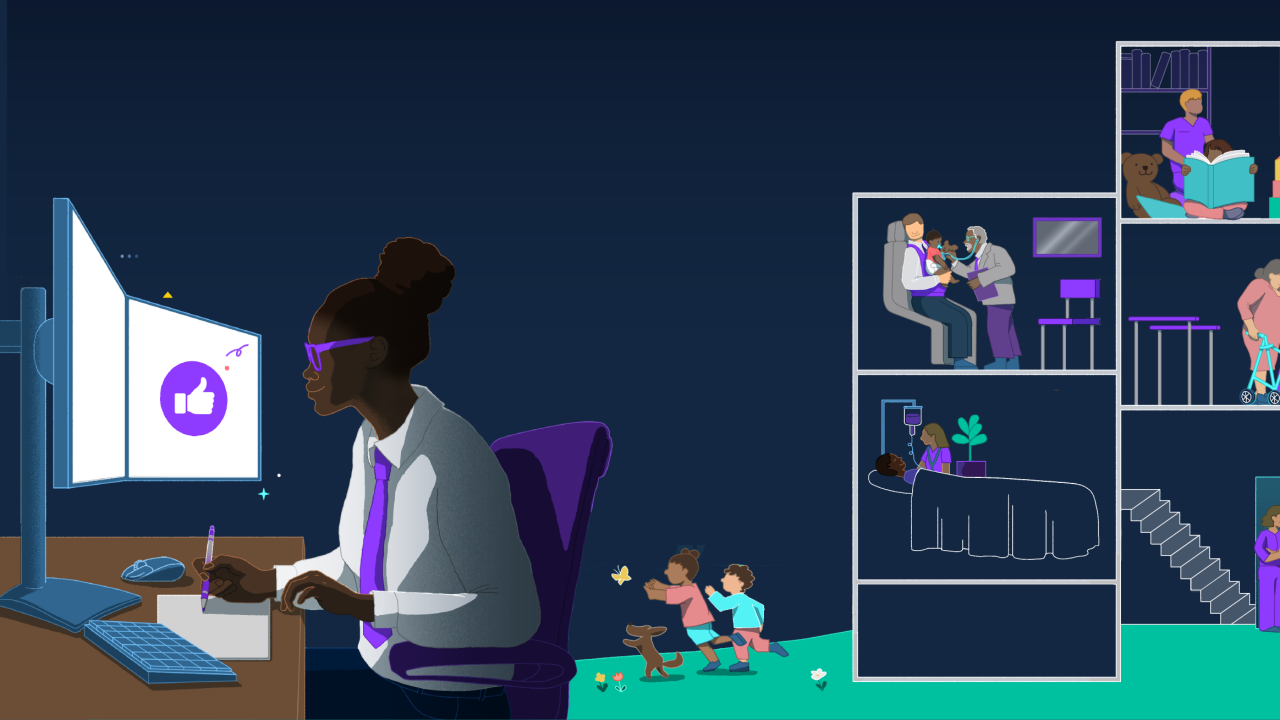While there is no way to make employees immune to burnout, the right training could help them identify triggers and
Sixty-six percent of Americans are experiencing some form of burnout at work, according to new research from learning management system Moodle. Younger generations were found to be the most affected, with 81% of 18 to 24-year-olds and 83% of 25 to 34-year-olds reporting burnout, compared to just 49% of those aged 55 and older. Implementing resilience training before future employees even enter the workforce could help them learn useful
"Most of the assistance employees get at work is when they're already burned out," says Bethany Friedlander, the president and CEO of healthcare nonprofit New Bridge Cleveland. "By that time, it's harder to get them reconnected and re-engaged. We believe that by tackling the issue in schools, talent can enter the workforce with the right tools already in place."
Read more:
Resiliency, specifically in a workplace setting, refers to the time it takes employees to recover between challenges or obstacles. An employee who is well supported and has built up a better resilience is likely to need less time to
Strategies such as mindfulness, positive affirmations and breathing exercises could help workers strengthen their resolve in the workplace. Friedlander also shares more practical exercises that help individuals prepare for the kinds of challenges they will face at work, so as to not get so
"Students could work through [activities that depict] real-life professional circumstances and stressors," she says. "What do you do when your coworkers are not pulling their weight? How would I then respond to that? How would they talk to their manager?"
Read more:
At New Bridge, training is tailored to individuals planning a career within the medical field. Resilience training includes more career-specific strategies like recognizing triggers and regulating their nervous system when dealing with patients.
"We teach our talent that their patients will only be regulated to the degree that they are regulated," Friedlander says. "If someone goes in to get their blood drawn and their medical professional is short-tempered, they're going to wonder: Are they competent? Do they know what they're doing? The way you walk into that room dictates how the interaction is going to go."
In the workplace, there are many ways leaders can
Read more:
"We have to be open," Friedlander says. "We need to be realistic about giving people space and grace to do what they need to do."
Employees should also work on prioritizing their own self care, and
"I can encourage everybody to write a self care plan," she says. "People never make a plan for when they're not feeling well. Who are you going to call? What are you going to do? Use those experiences to stay fresh and engaged and happy."






